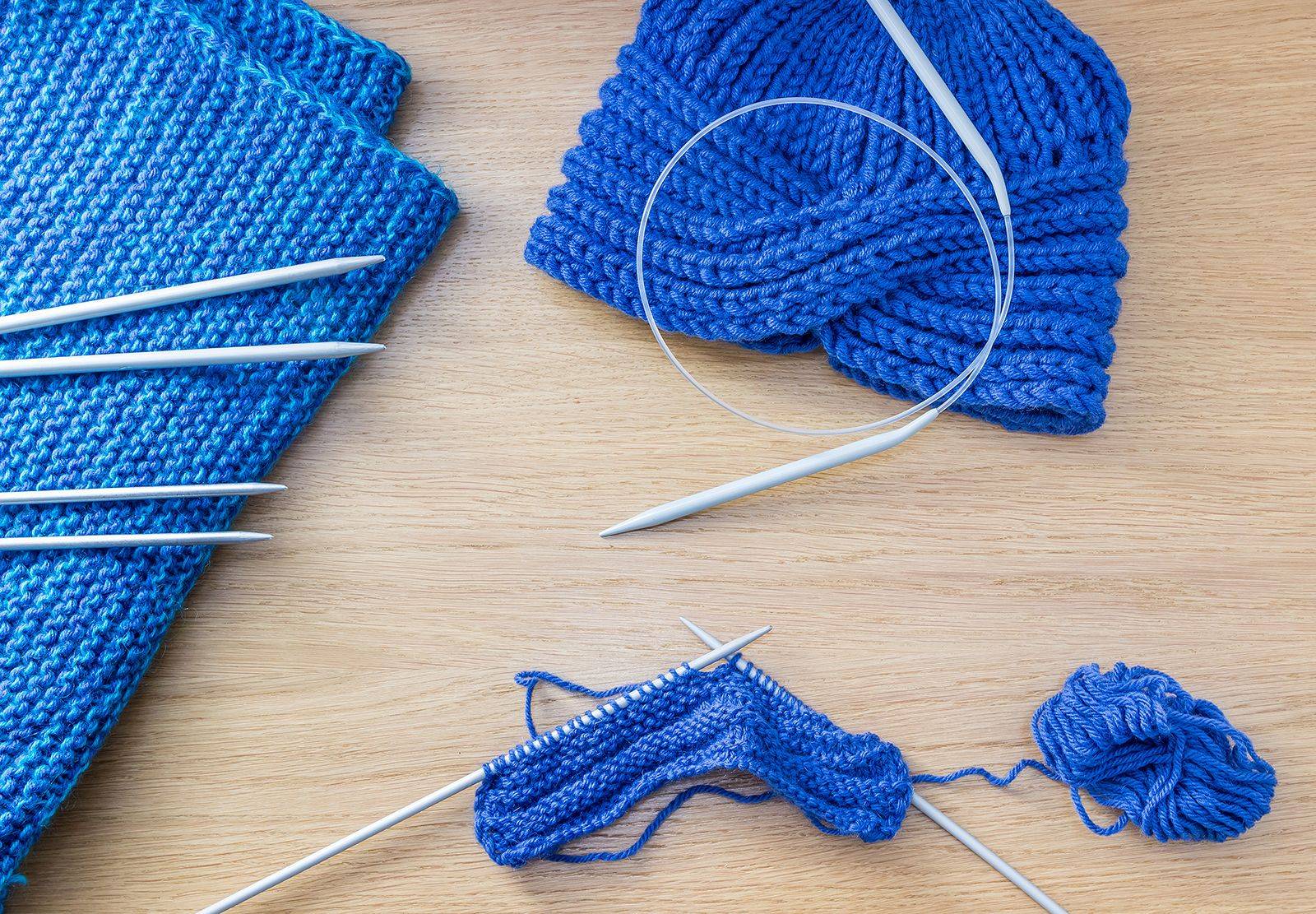Pati Palmer, President of Palmer/Pletsch Publishing, announces the 2016 IBPA Benjamin Franklin Sliver Award in the Craft and Hobby category goes to a Palmer/Pletsch titleKnits for Real People. Palmer says, “There were over 1,400 entries and we came in second. Not bad!”
Unsure how to sew the new knits so they’ll look great and fit better than ready-to-wear?
There’s a new Palmer/Pletsch book for that: Knits for Real People, Fitting and Sewing Fashion Knit Fabrics, by Susan Neall and Pati Palmer The selection of knit fabrics is now more varied than ever before. This is exciting for today’s creative fashion-sewer, but it can also be intimidating. Which sewing techniques work for which fabric types? How stretchy must the fabric be for the pattern to fit right? Should I use a smaller pattern size? “There is no need to fear sewing knits,” says co-author Susan Neall. “Just as woven fabrics come in a wide range of choices, so too do knits. It’s just a matter of learning about the differences in knit fabrics and the handling and fitting for each type, same as for wovens. You would not handle a silk crepe the same way as a cotton denim, and the thought process is the same for knits.” Knits for Real People helps readers sort out the differences in fabric types and the fitting and sewing techniques for each.
Neall began conducting four-day knit-sewing workshops in Australia in 2008, and again with Pati in Portland, Oregon, in 2013. These hands-on classes enabled the co-authors to massage their techniques for both fitting and sewing knits. Some of their students serve as the “real people” models in the book, to illustrate how to fit garments according to the stretch and weight of the knit, as well as the pattern design. Says Palmer: “Of all the feedback we received from students, the most frequent were comments about how much they learned from our unique fitting methods.” Photographs of knit fashions from McCall’s, Vogue, and Butterick pattern companies provide inspiration throughout the book and illustrate the many types of knits. Among the many techniques explained in the book are the following: • Layout, cutting, and marking • Seaming techniques using sewing machines and sergers, including the use of the differential feed feature • Creative embellishments, including piping, flounces, “peepers,” and decorative serging • Neckline and edge finishes, including bands, collars, and bindings • Sleeves, hems and closures • Fitting techniques for tops, pants and activewear


